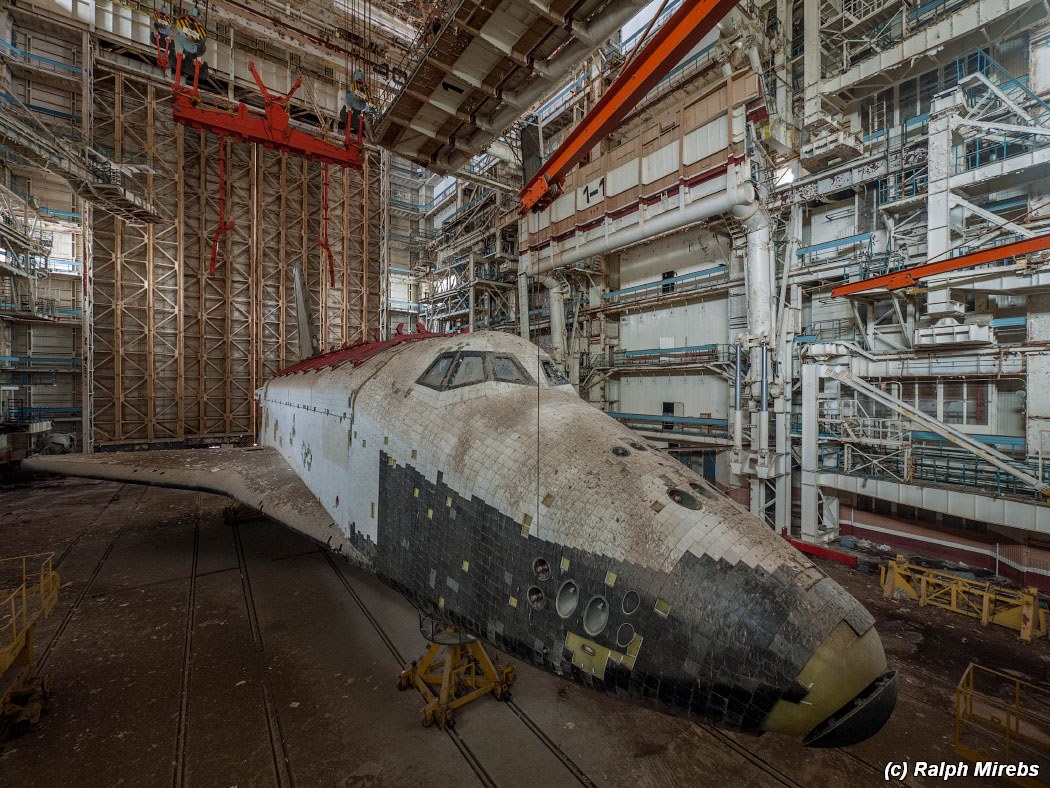Thought this might be of interest…
I have just uploaded 300 dpi-high-rez scans of two things to the APR Patreon “Extras” folder (2015-06 sub-folder):
1) An article from the May, 1956, issue of Popular Science, “Now They’re Planning A City In Space.” This article, illustrated with full-color paintings, describes the gigantic artificial gravity space station proposed by Darrell Romick of Goodyear Aircraft Company as part of the METEOR project. This space station is forward-thinking by today’s standards, and is challenged in scale only by the likes of the O’Neill space colonies.
2) A McDonnell-Douglas painting depicting a Trans Atmospheric Vehicle in orbit.
These items are available to all $4+ APR Patreon patrons, and were made possible by the support of APR patrons and customers. If you’d like to access these and many other extras, please check out the APR Patreon page.
Rosetta’s lander Philae wakes up from hibernation
Rosetta’s lander Philae is out of hibernation!
The signals were received at ESA’s European Space Operations Centre in Darmstadt at 22:28 CEST on 13 June. More than 300 data packets have been analysed by the teams at the Lander Control Center at the German Aerospace Center (DLR).
“Philae is doing very well: It has an operating temperature of -35ºC and has 24 Watts available,” explains DLR Philae Project Manager Dr. Stephan Ulamec. “The lander is ready for operations.”
For 85 seconds Philae “spoke” with its team on ground, via Rosetta, in the first contact since going into hibernation in November.
When analysing the status data it became clear that Philae also must have been awake earlier: “We have also received historical data – so far, however, the lander had not been able to contact us earlier.”
Now the scientists are waiting for the next contact. There are still more than 8000 data packets in Philae’s mass memory which will give the DLR team information on what happened to the lander in the past few days on Comet 67P/Churyumov-Gerasimenko.
I’ve never been a big fan of the Soviet Buran space shuttle. The Energia? Awesome heavy lifter. But the Buran itself… dumb, dumb, dumb. All it was was a terribly heavy, terribly expensive payload shroud. It would greatly reduce the payload potential of the Energia without adding anything meaningful. With the US Shuttle, at least you’re getting back the liquid rocket engines. With Buran? Meh.
Still, the Buran and its stablemates were an important part of space history. Thus, the way they have been allowed to rot is shocking.
Gentlemen… behold:
In the bedroom of the god
A sizable photo essay showing the status, as of a few days ago, of two Burans remaining in a Baikonur Cosmodrome hangar. Just… wow. And Gah.

Pornhub is trying to crowdfund the first sex tape to be shot in space, aboard an as-yet undefined space tourism craft.
They’re seeking $3.4 million. So far… $4,852. A bit of a ways to go yet.
This is brief and amusing:
This is a beautiful, sedate video showing the gradual terraforming of Mars. It is not aided in the slightest by the wholly incongruous music tacked onto it. With luck, someone good at such things will either produce new music to go with it, or find something that fits. If so… this could *almost* fit up there with Wanderers. Note: this is made possible due to the fact that the video was directed by Erik Wernquist… who also directed Wanderers.











